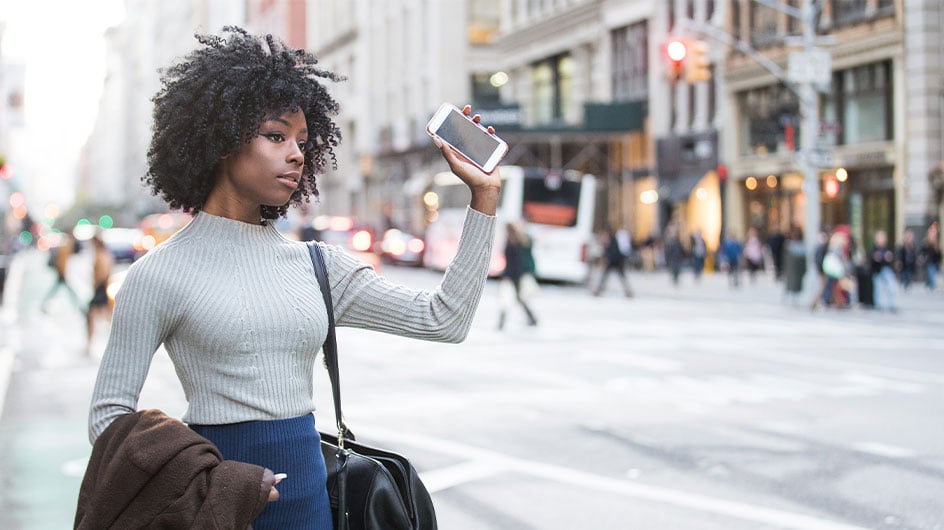
Ride-hailing services such as Uber and Lyft have transformed transportation for millions of Americans who rely on them for work, school, and play. In fact, Uber has become so intertwined in today’s society that the brand, like Google and Xerox, has achieved verb status—as in “Let’s uber over to the restaurant.”
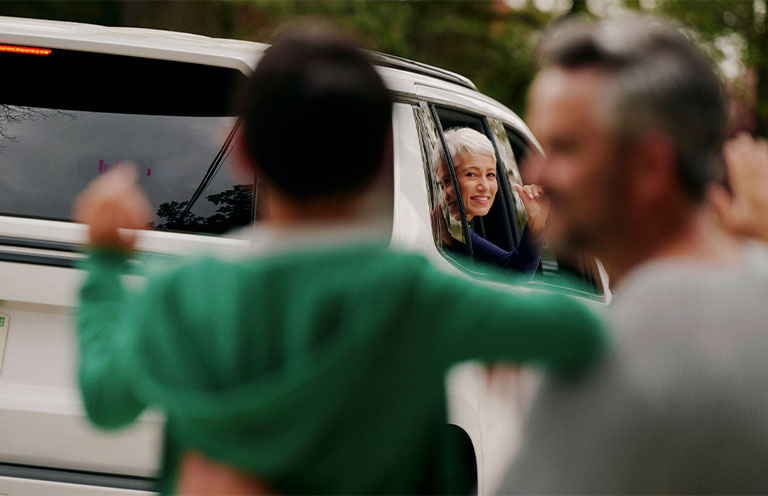
But while app-based ride-hailing services (also often called ride-shares) provide convenience—and can even help reduce drunk driving on our roadways—they also come with safety risks.
“Although incidents—from assaults to crashes—involving ride-hailing services are relatively rare, they serve as an important reminder that safety should always be a priority for both drivers and passengers,” says Jim Lardear, director of Public and Government Affairs for AAA Club Alliance.
Whether it’s your first or 101st time booking a ride, here’s how to stay safe as a passenger, according to guidance from leading safety organizations and experts at Uber and Lyft in collaboration with law enforcement.
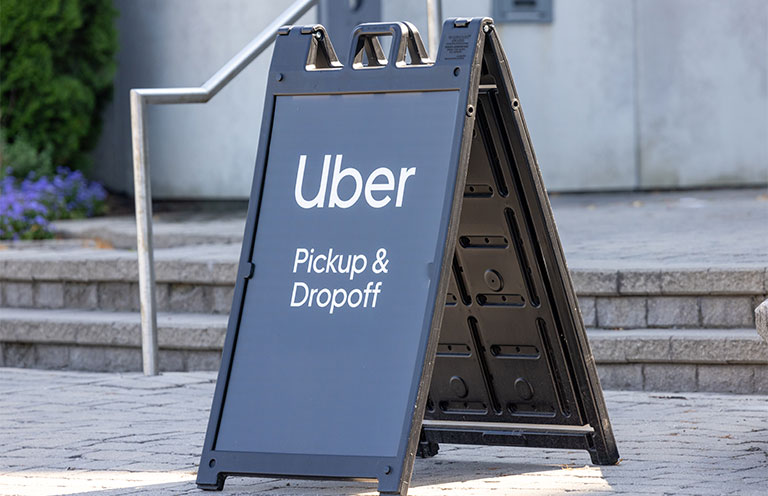
1. Wait for your ride in a safe location.
Book and wait for your ride in a safe place, which is likely indoors and in a populated area. Don’t wait alone, especially at night, and avoid being picked up or dropped off at your home address.
Also, riding with a trusted companion is always safer than riding alone.
2. Verify the vehicle and driver.
Don’t get into the car before confirming the vehicle’s license plate number, make and model as well as the driver’s name and photo.
No license plate match? Don’t get into the car.
No license plate at all? Don’t get into the car.
If your driver already has a passenger in the car—even if they say they’re a friend or family member—don’t get into the car.
You can also review the driver’s rating via the app you’re using. Be sure to rate your driver after the ride, too, so that good drivers are rewarded and bad drivers aren’t. (Drivers also rate passengers to ensure their own safety.)
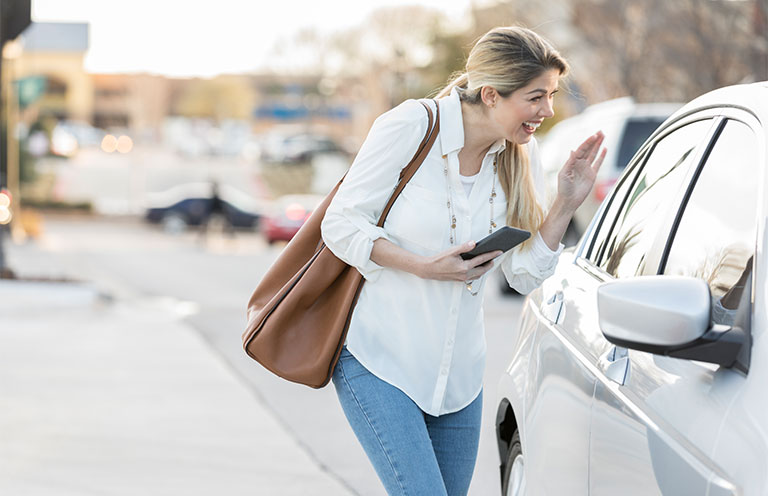
3. Ask the driver your name.
Don’t give the driver your name; instead, ask the driver the name of who they’re there to pick up. If the driver doesn’t say your name, don’t get into the car.
The #WHATSMYNAME Foundation, created in honor of Samantha Josephson, a college student who was murdered in 2021 by a man whom she mistook as her ride-hail driver, urges everyone who uses these services to always ask drivers “What’s my name?” before getting into the vehicle. That simple question could save your life.
4. Don’t reveal your personal information.
Keep your personal details private, including your last name, phone number, home address, and other contact information as well as your routines. The apps anonymize your personal information, so use in-app messaging to maintain your privacy. You can also tip through the apps, so there’s no need to access your wallet for cash.
5. Know how to use the app features.
Along with in-app messaging, be well acquainted with the in-app safety tools, including the emergency button and trip status sharing (read on for details). Every second counts in an emergency, so you don’t want to be fumbling around trying to find and figure out features in a panic.
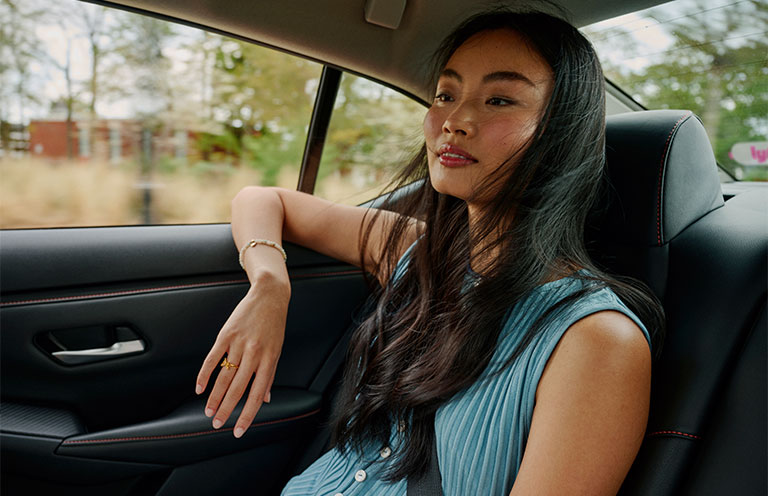
6. Sit in the back seat.
The safest seat is in the back for both personal protection and crash risk. In fact, drivers prefer you sit in the back for their personal space and safety, too. After all, you wouldn’t get into the front seat of a taxi, right? The same applies here.
If you have luggage, keep it in the back seat with you, if possible, so that you can easily grab it in an emergency.
7. Ensure the child safety locks are turned off.
Test to ensure that the child locks are disengaged. If they’re not, end the ride. If the driver doesn’t immediately unlock the door, make up an emergency situation if necessary to prompt the driver to unlock the door—or, contact 911.
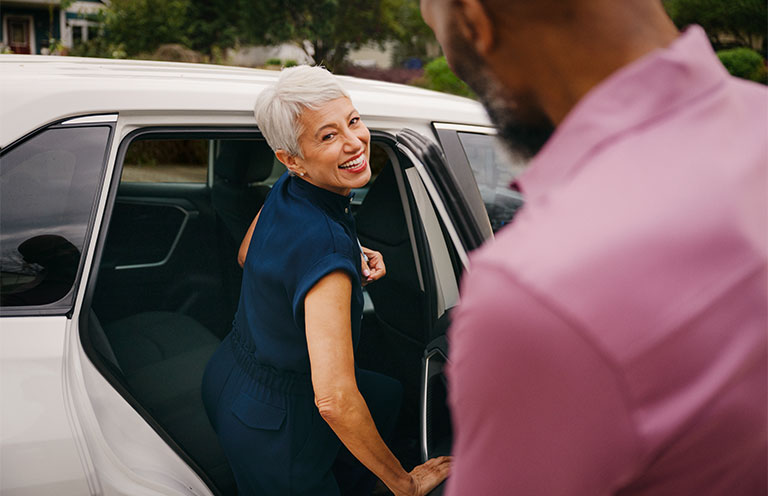
8. Share your trip with a trusted contact.
Let a family member or friend know the details of your trip, including your driver’s name, photo, license plate number, and location. Use the “Share My Trip” feature on the Uber app or the “Share My Ride” on the Lyft app. Your loved one will receive a text or push notification that follows your route in real time and provides an estimated time of arrival.
9. Know where you’re going.
Track your ride using your own map app, such as Apple Maps, Google Maps, or Waze. If your driver goes off course, that’s a red flag: Don’t hesitate to end the ride pronto.
Lyft and Uber also monitor your ride for any unusual activity. If irregularities are detected, such as route deviations, long stops, and speeding, a safety agent will contact you to find out if you need help.
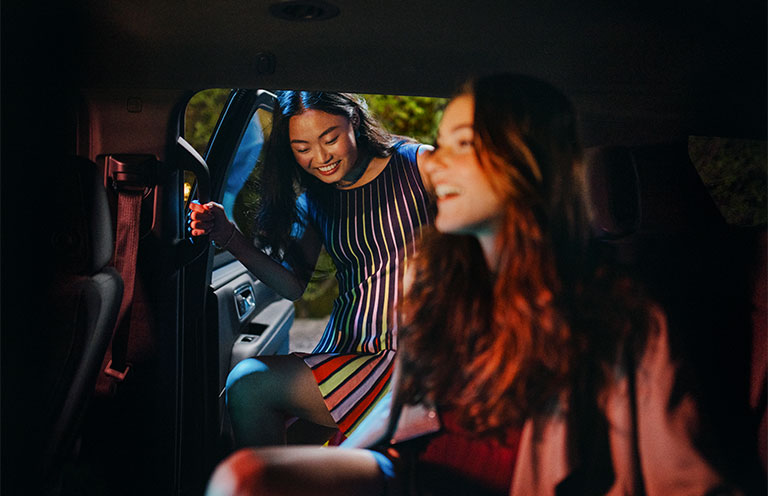
10. Keep your wits about you.
One of the great things about ride-hailing services is that they help reduce drunk driving by providing a safe ride home for those who’ve over-imbibed. But it’s also critical for passengers not to get into an Uber or Lyft intoxicated.
For your personal safety (and the safety of the driver), always keep your wits about you and exercise good judgment.
11. Trust your gut.
If something doesn’t feel right at any time before your ride, don’t get into the car. If you’re already in the car and something feels off, end the ride immediately—or as soon as it’s safe to do so. You’re not obligated to follow through with the ride.
In an emergency, call 911 directly or via the Uber of Lyft app, which will provide your location and the vehicle and trip details for you to share with the dispatcher. (In a growing number of US cities and counties, this information is sent automatically to the dispatcher.)
For further support, both Uber and Lyft have partnered with ADT security services to provide live assistance by phone or text from a safety professional via the app. If a situation escalates, ADT can contact 911 for you, too.
For non-emergencies, you can report safety incidents or concerns directly to the Uber Help page or US Lyft Help page.
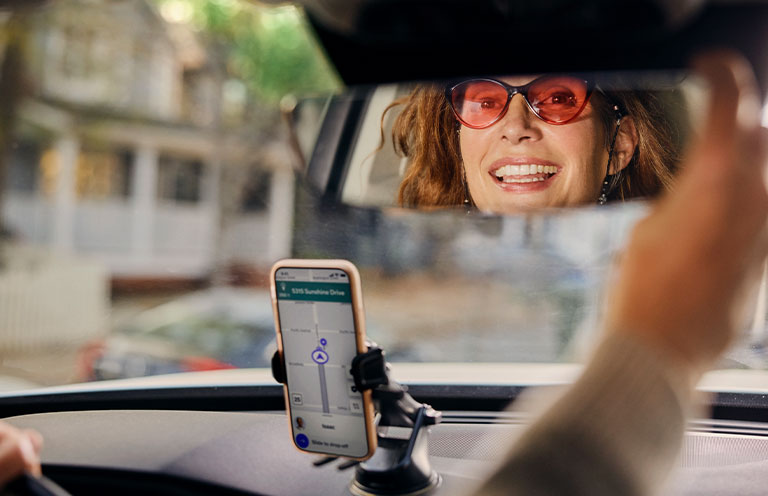
Recognizing that some women passengers feel more comfortable with women drivers (and vice versa), both Uber and Lyft have launched programs to meet that need. Uber’s Women Preferences pilot program—currently available in Los Angeles, San Francisco and Detroit—allows women riders to set a preference for a woman driver. Lyft features a similar program called Women+ Connect in 11 cities and growing, including New York City, Chicago, Miami, Dallas, and Washington, DC. While the requests are prioritized, they’re not guaranteed; it depends on driver availability.
“Safety begins the second you open the app,” says Lardear. “Following these essential tips is crucial, but it’s also essential that you make sure your phone is charged. Not all Uber or Lyft vehicles offer charging ports for passengers, and even if they do, using one could hinder your access to your phone. A dead phone is the last thing you want when you're relying on a ride-hailing service.”
And, of course, always wear your seatbelt. Vehicle accidents are the most common risk when using ride-hailing services, and seatbelts save lives. Period.
. . . . .
For data on the safety performance of Uber and Lyft—the two largest ride-hailing services in the US—check out Uber’s US Safety Report and Lyft’s 2024 Safety Transparency Report.
